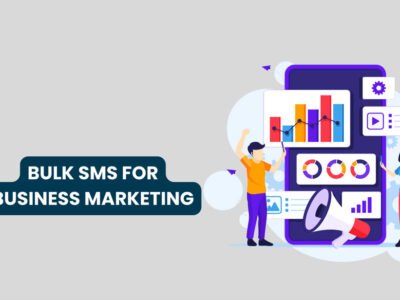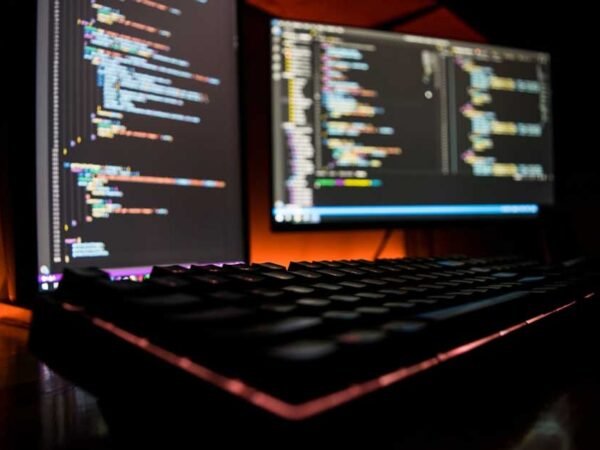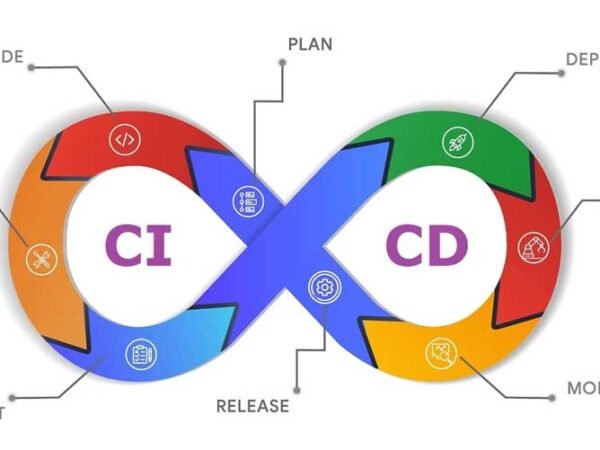What is IUanyWare? Understanding Indiana University’s Virtual Solution
Picture this: you’re a student working on a complex engineering project that requires specialized CAD software. Traditionally, you’d be stuck in the computer lab until closing time, hoping the software doesn’t crash and lose hours of work. But what if you could access that same powerful software from your laptop in your dorm room, or even from your tablet while traveling home for the holidays?
That’s exactly what IUanyWare makes possible. This innovative service from Indiana University has completely transformed how students, faculty, and staff access the software they need for their academic and professional work.
IUanyWare is essentially a client virtualization service that streams IU-licensed software applications directly to any device with an internet connection. Think of it as Netflix for educational software – instead of downloading and installing programs that might overwhelm your personal computer, you simply stream them on-demand.
The beauty of this system lies in its simplicity and accessibility. Whether you’re using a high-end gaming laptop or a basic Chromebook, IUanyWare delivers the same consistent experience. This technology represents more than just convenience; it’s about breaking down the digital divide that has long existed in higher education.
The Technology Behind IUanyWare: Client Virtualization Explained
Understanding how IUanyWare works doesn’t require a computer science degree, but the technology behind it is genuinely fascinating. At its heart, the system uses something called virtual desktop infrastructure, or VDI for short.
Here’s how it works in simple terms: instead of your computer doing all the heavy lifting to run complex software, that work happens on powerful servers maintained by Indiana University’s IT department. Your device essentially becomes a window into these remote computers, displaying the software interface while the actual processing happens elsewhere.
The magic happens through the Citrix Workspace app, which acts as a bridge between your device and the university’s servers. When you click on an application in IUanyWare, you’re not actually opening software on your computer – you’re connecting to a virtual machine that’s running that software for you.
This approach solves several problems at once. First, it means students don’t need expensive, high-performance computers to run resource-intensive software. Second, it ensures everyone has access to the same versions of programs, eliminating compatibility issues. Finally, it allows the IT department to manage and update software centrally, rather than dealing with thousands of individual installations.
Key Benefits of IUanyWare for Students and Faculty
The real-world impact of IUanyWare on campus life has been remarkable. Students consistently report that the flexibility it provides has fundamentally changed how they approach their coursework.
Take Sarah, a graphic design major who used to spend countless hours in the computer lab because her personal laptop couldn’t handle Adobe Creative Suite. With IUanyWare, she can now work on her projects from anywhere on campus, or even from her apartment off-campus. This flexibility has allowed her to better balance her work schedule with her academic commitments.
The system particularly shines when it comes to promoting digital equity. Not every student can afford a high-end computer capable of running specialized software. IUanyWare levels the playing field by ensuring that a student with a basic laptop has access to the same tools as someone with a top-of-the-line workstation.
Faculty members have also embraced the technology. Professor Martinez from the engineering department notes that IUanyWare has made it possible to assign more complex projects because he knows all students can access the necessary software, regardless of their personal computer specifications.
The anywhere-access capability has proven especially valuable during unexpected situations. When weather conditions make it unsafe to travel to campus, or during health-related campus closures, students can continue their work without interruption.
IUanyWare vs Traditional Software Installation: A Comparative Analysis
The contrast between IUanyWare and traditional software installation methods is striking when you examine the numbers. Under the old model, Indiana University would need to purchase individual software licenses for potentially thousands of students, often at significant cost.
Consider a program like MATLAB, which can cost several hundred dollars per license. Multiply that by the number of students who need access, and you’re looking at substantial expenses. With IUanyWare, the university can maintain a smaller pool of licenses that are shared among users, dramatically reducing costs.
From a maintenance perspective, the advantages are even more pronounced. IT staff no longer need to visit individual computers to install updates or troubleshoot software issues. Instead, they can update the virtual environment once, and all users immediately have access to the latest version.
This centralized approach also enhances security. When software vulnerabilities are discovered, patches can be applied immediately to the virtual environment, protecting all users simultaneously. In contrast, traditional installations might leave some computers vulnerable if users delay installing updates.
The environmental impact is another often-overlooked benefit. By extending the useful life of older computers and reducing the need for high-performance hardware, IUanyWare contributes to sustainability efforts on campus.
Real-World Applications: How IUanyWare Transforms Learning
The practical applications of IUanyWare extend far beyond simple software access. The system has enabled Indiana University to implement a comprehensive Bring Your Own Device (BYOD) policy that truly works for everyone.
Students in the School of Medicine can access specialized anatomy software on their tablets during study sessions. Business students can run complex financial modeling software on their personal laptops. Art students can use professional design tools without worrying about whether their computer has enough memory or processing power.
One particularly compelling use case involves international students and study abroad programs. Students studying overseas can maintain access to the same software environment they use on campus, ensuring continuity in their academic work regardless of their physical location.
The system has also proven invaluable for collaborative projects. When students are working together on assignments that require specific software, they can all access the same tools and file versions, eliminating the compatibility issues that often plague group work.
Research applications have been equally impressive. Graduate students conducting data analysis can access powerful statistical software packages without needing to invest in expensive personal licenses or compete for limited lab time.
Implementation and User Experience with IUanyWare
Getting started with IUanyWare is refreshingly straightforward, though the university has learned some valuable lessons about user onboarding over the years. The initial setup typically takes just a few minutes and involves either accessing the service through a web browser or downloading the Citrix Workspace app.
The university has invested heavily in user education, providing video tutorials, step-by-step guides, and hands-on workshops to help users get comfortable with the system. This investment in training has paid dividends in terms of user satisfaction and adoption rates.
One of the smartest design decisions was integrating IUanyWare with popular cloud storage services. Users can seamlessly save their work to Google Drive, Microsoft OneDrive, or other cloud platforms, ensuring their files are always accessible and properly backed up.
The technical support infrastructure deserves special mention. Indiana University provides 24/7 support through multiple channels, recognizing that students often work outside traditional business hours. The support team has developed expertise in troubleshooting the unique challenges that can arise with virtual desktop environments.
Performance optimization has been an ongoing focus. The university regularly monitors usage patterns and adjusts server capacity to ensure responsive performance during peak usage periods, such as the weeks before major project deadlines.
The Future of Virtual Desktop Infrastructure in Higher Education
Looking ahead, the success of IUanyWare points toward a future where virtual desktop infrastructure becomes the standard rather than the exception in higher education. The technology continues to evolve, with improvements in streaming quality, reduced latency, and enhanced mobile device support.
Artificial intelligence and machine learning are beginning to play roles in optimizing VDI performance. These technologies can predict usage patterns and automatically allocate resources where they’re needed most, ensuring optimal performance for all users.
The scalability advantages of VDI become more apparent as universities face fluctuating enrollment numbers and changing technology needs. Adding new software to a virtual environment is far simpler than managing thousands of individual installations across campus.
Perhaps most importantly, VDI represents a step toward true digital equity in education. As the technology becomes more widespread and affordable, it has the potential to eliminate the advantage that students with expensive computers have traditionally held over their peers.
The lessons learned from IUanyWare’s implementation are already influencing other universities’ technology strategies. The model demonstrates that with proper planning and investment, virtual desktop infrastructure can transform the educational experience while reducing costs and complexity.
As we move forward, the question isn’t whether VDI will become more common in higher education, but rather how quickly universities will adapt to this new paradigm. The students and faculty at Indiana University are already experiencing the benefits of this technological revolution, and their success serves as a compelling case study for institutions worldwide.













